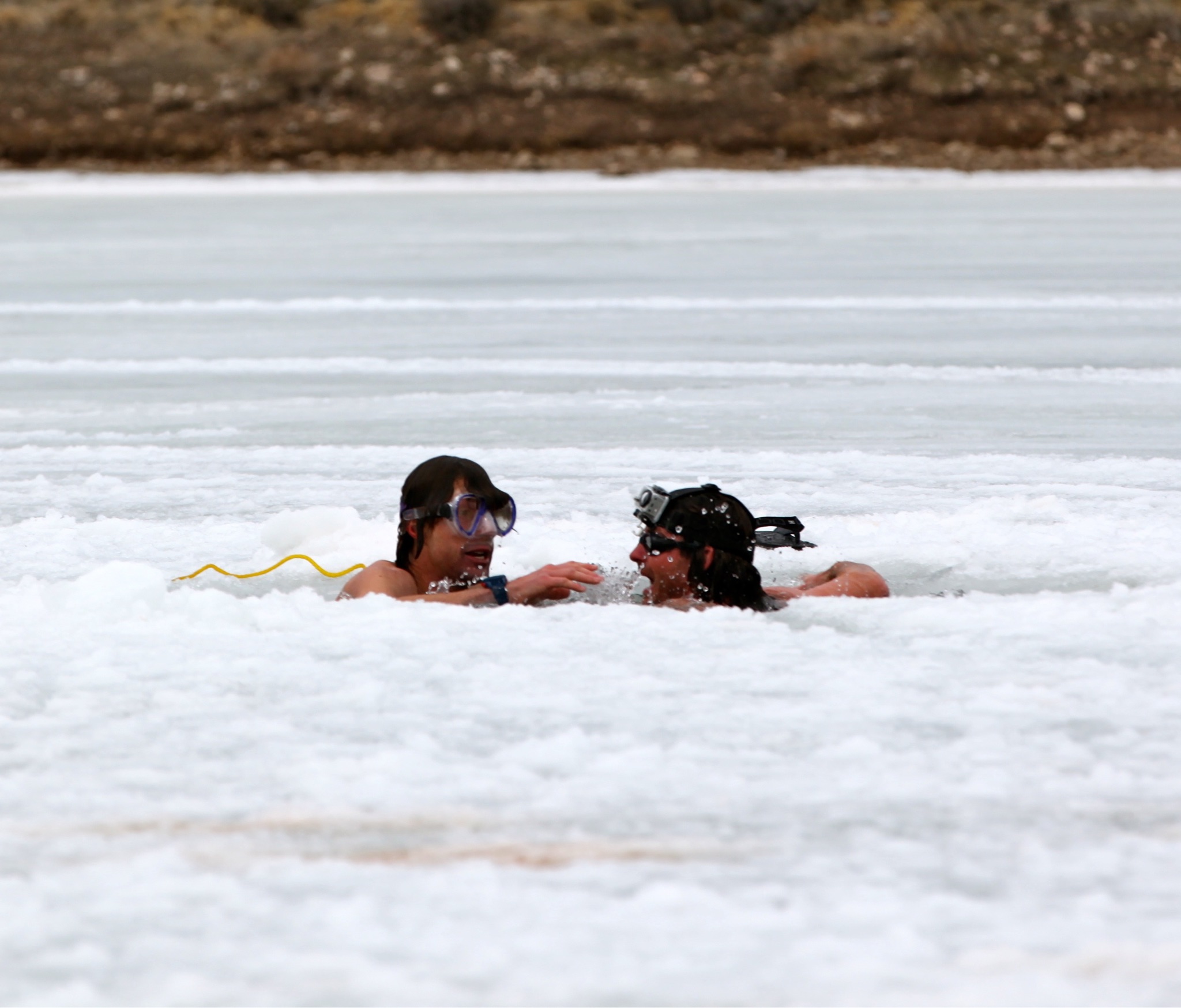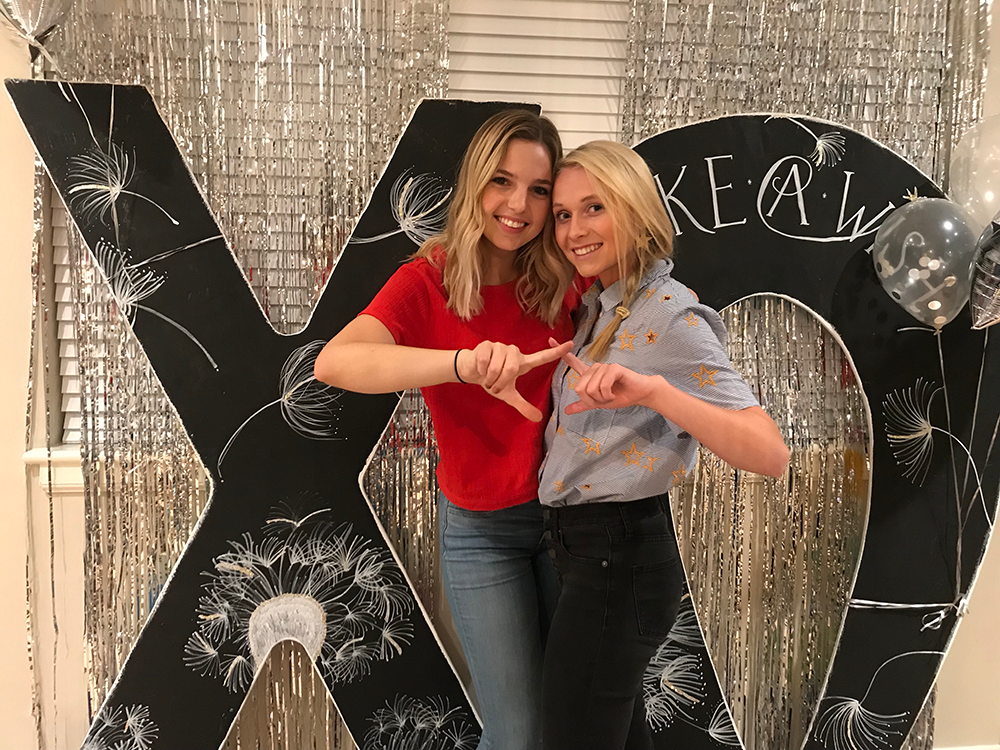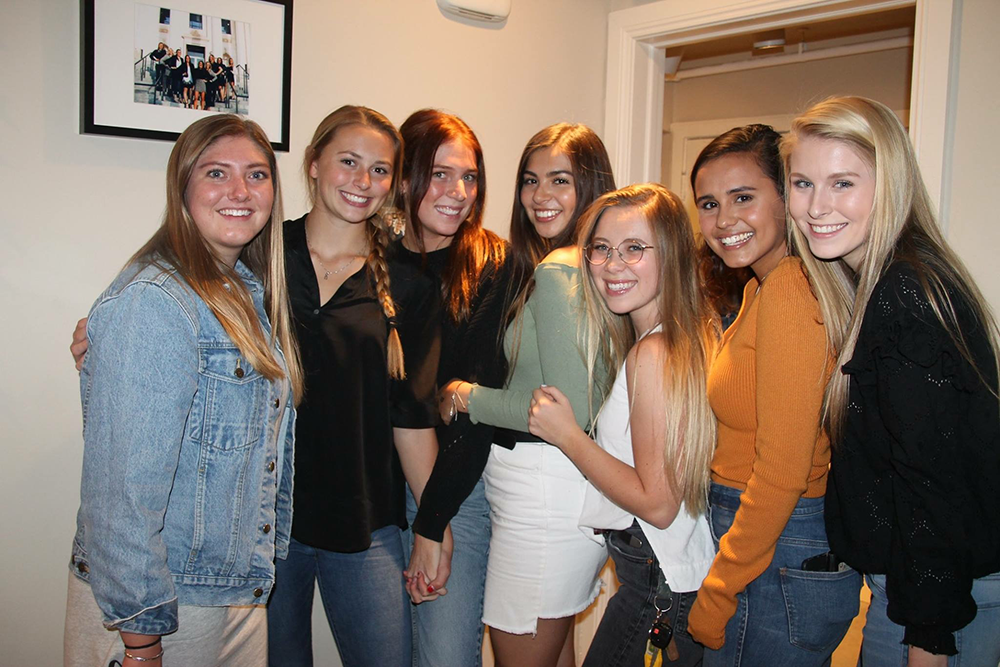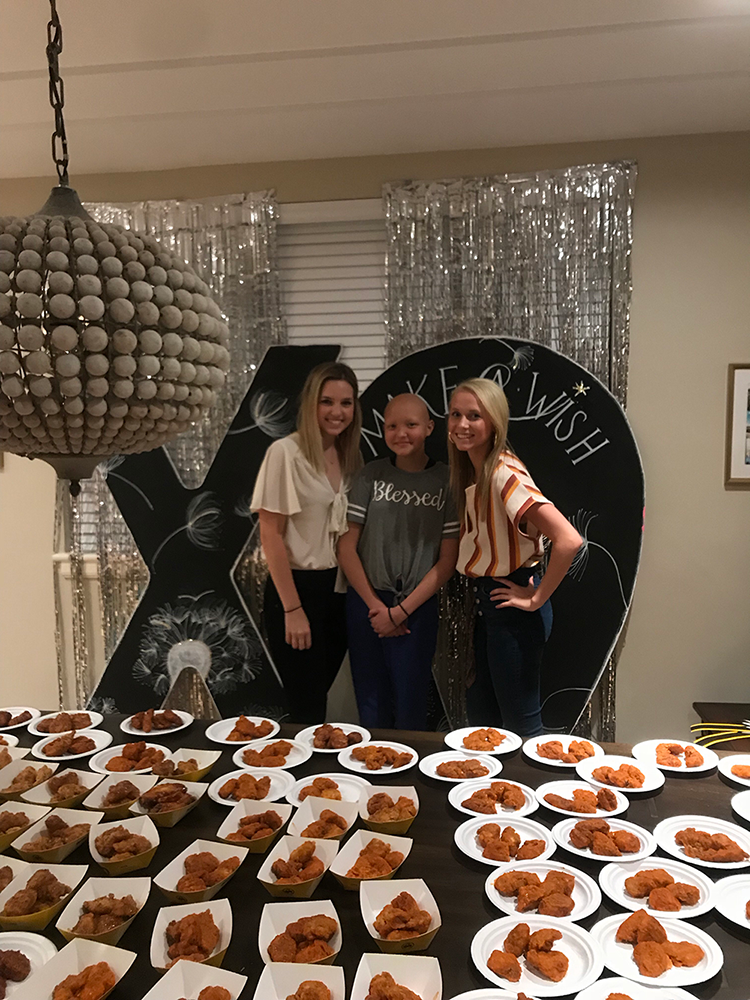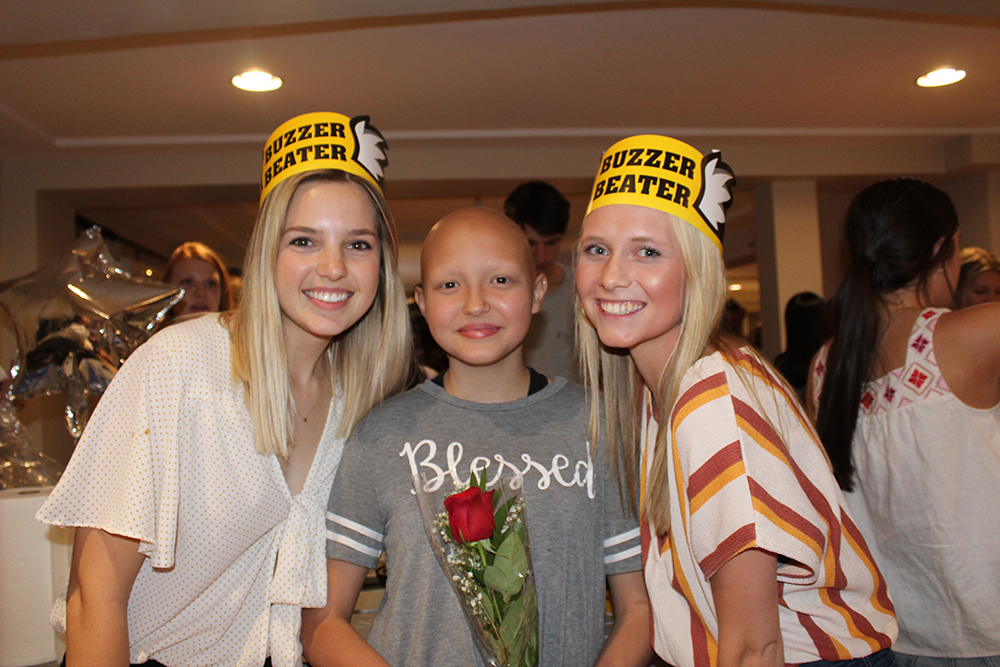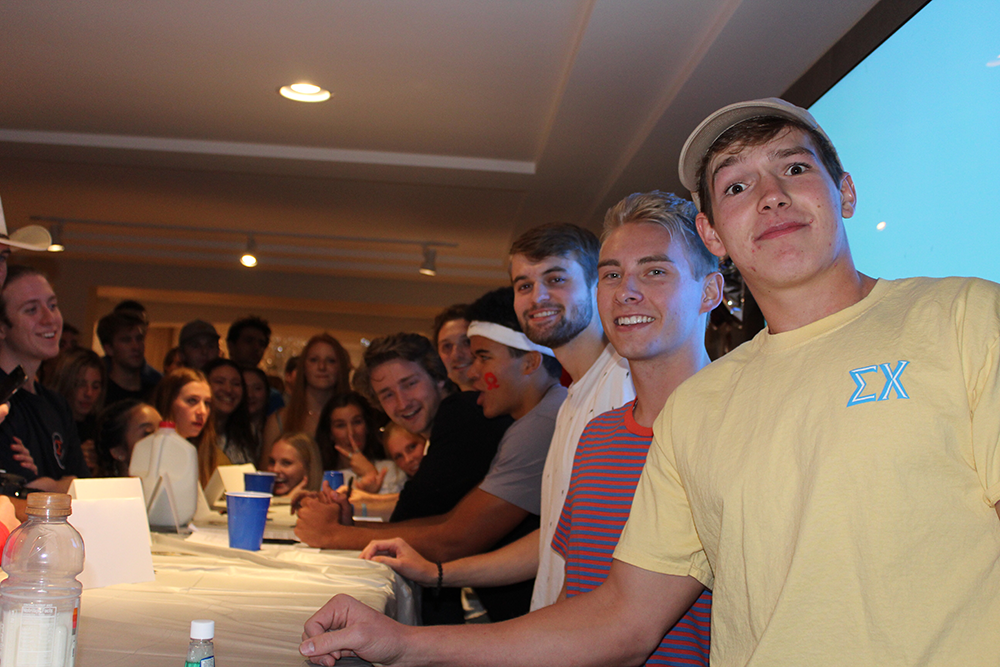Story and photos by KATEY KOLESKY
The crisp autumn air fills the wind as the end of summer approaches. Shoppers stroll down the brick paving in downtown Salt Lake City in hopes of finding something special. Music and chatter swells as shoppers dig around local booths looking for their own piece of treasure.
The Urban Flea Market is home to a variety of local vendors, who are able to come together, grow their business and create a sense of community for local businesses and shoppers. The Urban Flea Market’s Instagram describes the event as “the biggest SLC flea market! Eclectic vintage, yard sale style, and crafted items — clothing, records, furniture, art, and more.”
An article published in SLUG Magazine says that Kate Wheaton and Michael Sanders founded the market in 2011 after they were influenced by New York and L.A. style of inner-city parking lot markets.
After realizing that Utah was missing its own flea market, Wheaton and Sanders decided to bring this market style to Salt Lake City.
Over the last 11 years this event has grown into a downtown Salt Lake City staple for locals and visitors.
According to the Urban Flea Market’s website, this is a year-round market that is thrown every second Sunday of each month located at The Gateway, in the heart of downtown Salt Lake City.
The Gateway’s website states that the market features 80-plus vendors selling the best vintage clothing, antique decor, original artworks, handcrafted jewelry, collectables and much more.
This market also includes a special guest DJ playing music with local food trucks feeding patrons as they shop.
The market runs 10 a.m. to 4 p.m. and has a $2 entrance fee for adults, with free admission for children under the ages of 12.
A variety of unique vendors are involved with the Urban Flea Market such as Wild Future, a booth that grabs people’s attention with its unique handcrafted colorful jewelry and accessories.

Tiffany Hwang, the owner of Wild Future, said when she started her business in 2020 she sought out many markets around Utah before attending the Urban Flea Market as a customer first.
After visiting the Urban Flea Market, Hwang said she loved the community, and knew it was the perfect place to grow her business.
“Best market of all,” Hwang said.
The location, variety of vendors and customers makes it a great space for Hwang to attract shoppers as she is in the process of building her online store.
Due to its popularity, Wild Future has seen its sales increase thanks to the Urban Flea Market helping to grow its fanbase.
On the flip side, Brittney Lee, who co-founded Earth and Ether with Haley Millet, had never attended the Urban Flea Market until her first time as a vendor.

Earth and Ether, an energy work healing service, has been a vendor at the Urban Flea Market since summer 2020. The business is centered around stones and energy-infused liquid that Lee described as “all about the soul, spirit, mind, [and] body.”
UniTea is a branch of Earth and Ether founded by Millet. The tea is brewed from mountain rose herbs that are sustainably harvested into sun and moon tea blends infused with healing frequencies.
The Earth and Ether website states, “Earth and Ether was created for a soul experience. We have combined and made available multiple avenues in how you choose your path to unlocking your higher self and inner wisdom. From reiki infused crystals, private healing sessions, skin treatments, and community healings, you can embark on your path to inner healing and embrace your ascension.”

Lee and Millet participate in local markets throughout the greater Salt Lake City area, but this is the one they attend most frequently.
“One of the best markets for sure,” Lee said, standing behind the booth filled with stones, crystals and homemade herbal teas.
When asked to describe the community at the Urban Flea Market, Lee said, “It’s amazing!
Lee said older patrons tend to shop first. She called them “a little more reserved,” but added that “they know what they want.” Later, younger shoppers “dig through vintage stuff.”
Millet added, “Also the conscious community comes in strong. A lot of people want to support people who are doing it (creating products) sustainably.”
Lee said in a subsequent text interview, “The Urban Flea Market is always beneficial to meet and talk with wonderful souls.”
Chelsey Cummings, owner of Vintage by Chelsey, had attended the Urban Flea Market for years before becoming a vendor.
“I attended the flea, shopped the flea, and then I was like ‘I think I need to do it,’ so that’s how I started this,” Cummings said.
Vintage by Chelsey or VBC for short, is a mix of eclectic, modern vintage clothing pieces and accessories sourced by its owner. The Vintage by Chelsey website describes her business as “curated vintage clothing for modern trends & timeless style.”
After becoming obsessed with the hunt for vintage clothing, Cummings began selling her collection at local markets and pop-ups.
You can find VBC at other local stores such as The Hive Market, Salt and Honey and the Outlets Park City.
Her vintage shop began to thrive when she started selling her treasured finds at the Urban Flea Market in October 2020.

“The Urban Flea has allowed my business to grow within the local community. I was primarily selling on Etsy and now I have shifted to local stores and customers. The flea has also given me so many lifelong friends and connections,” Cummings said in a follow-up text interview.
The Urban Flea Market has created a space and community for local vendors to connect and grow with their shoppers.
Want to attend the Urban Flea Market, but missed the summer market? No worries — you can find Vintage by Chelsey, Earth and Ether, and Wild Future and many other local vendors at the indoor winter Urban Flea Market starting Dec. 12, 2021.



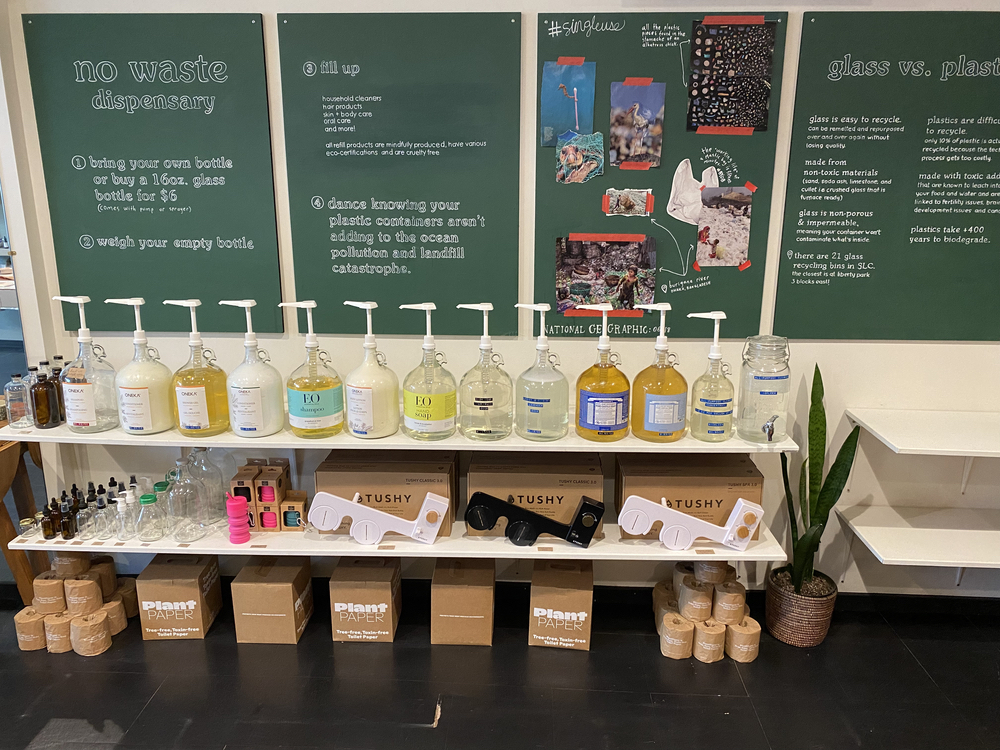




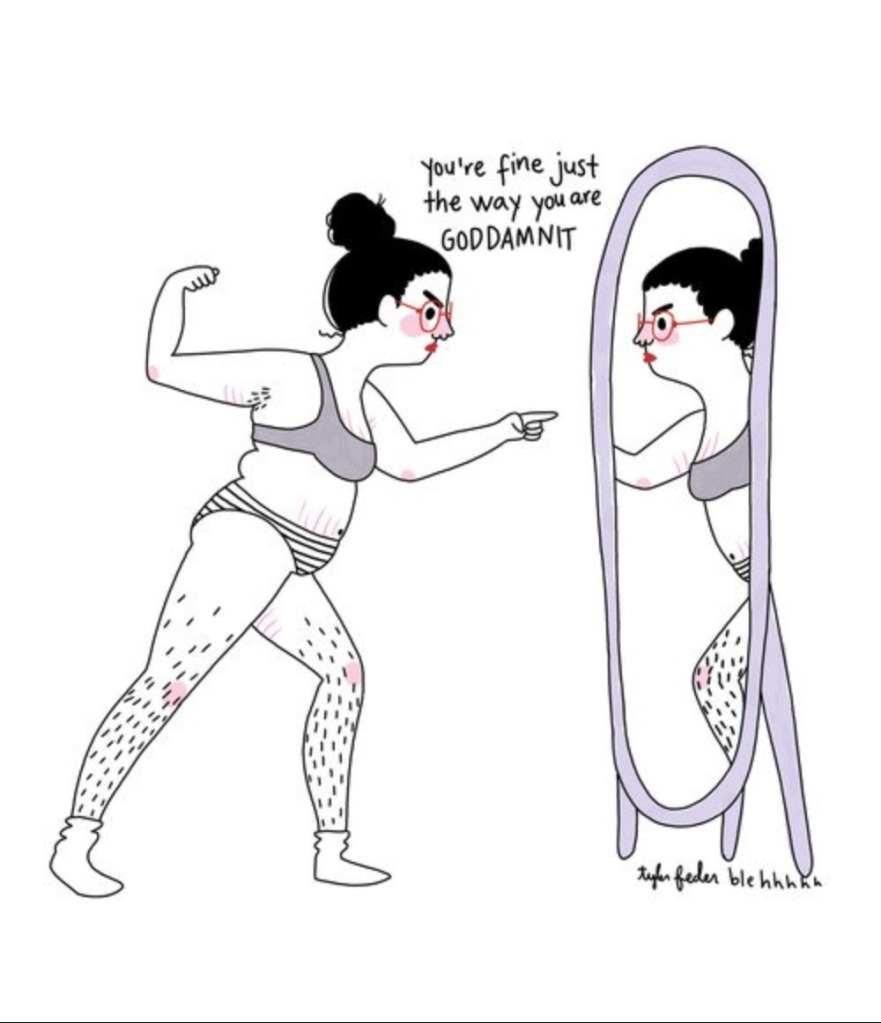







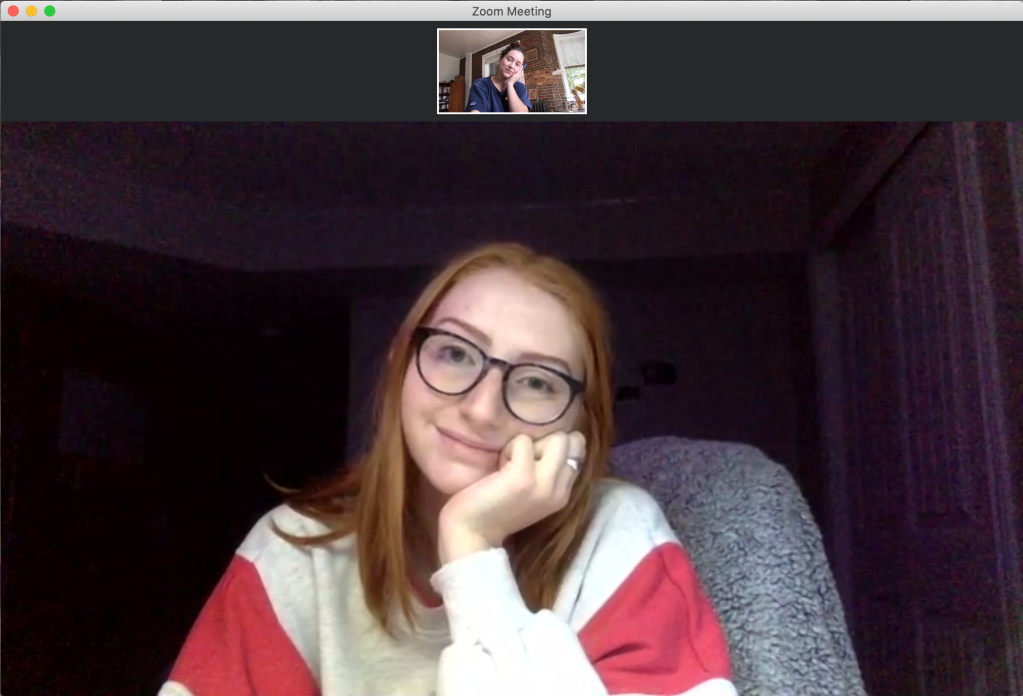
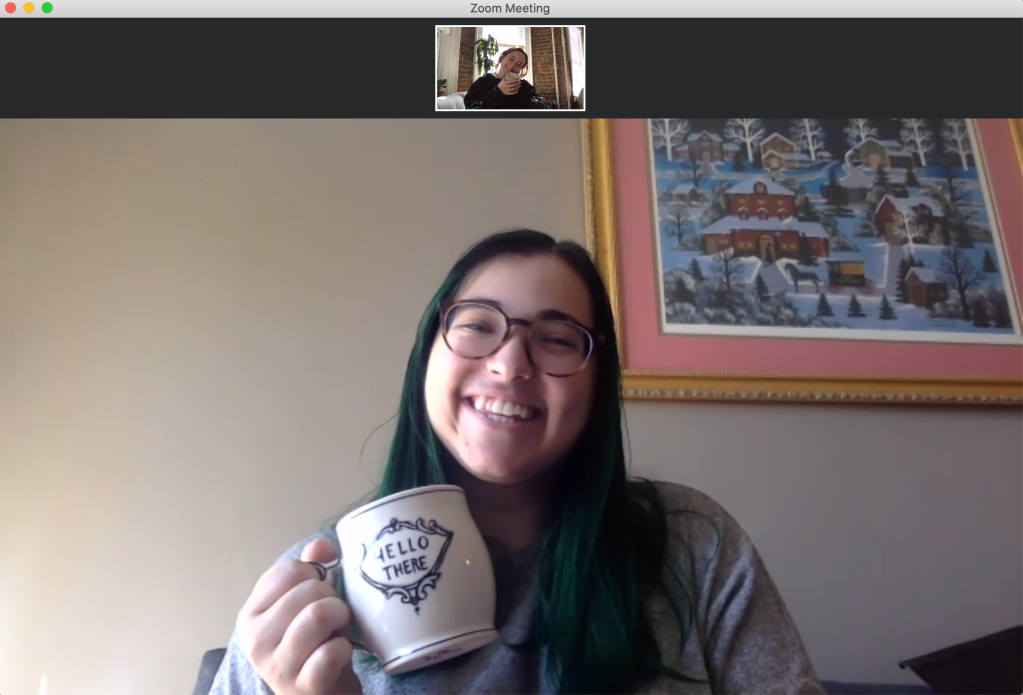
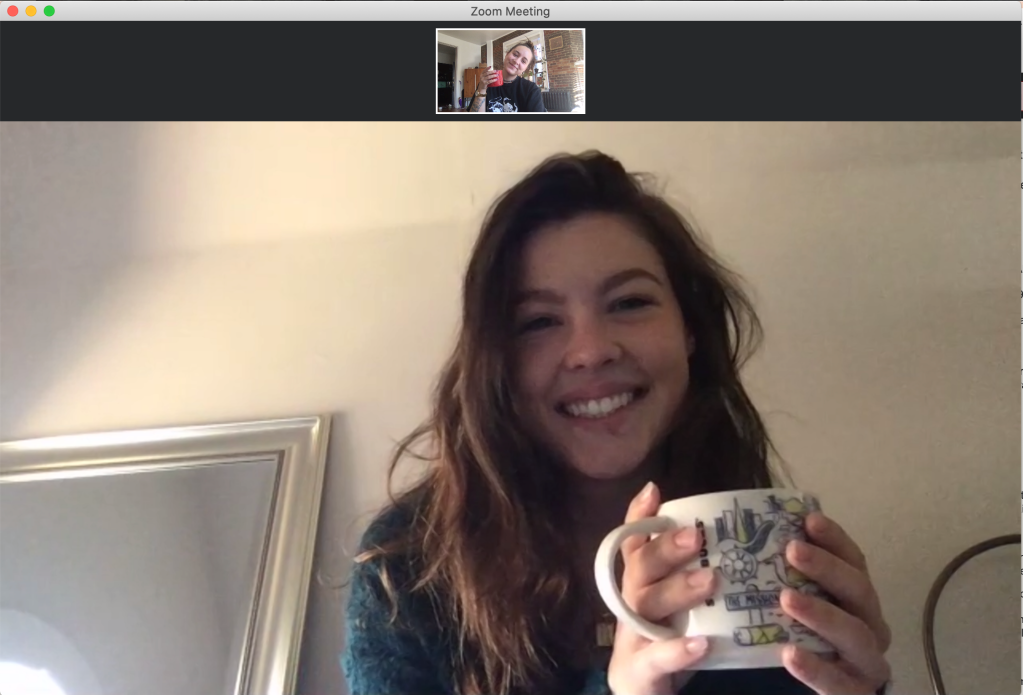
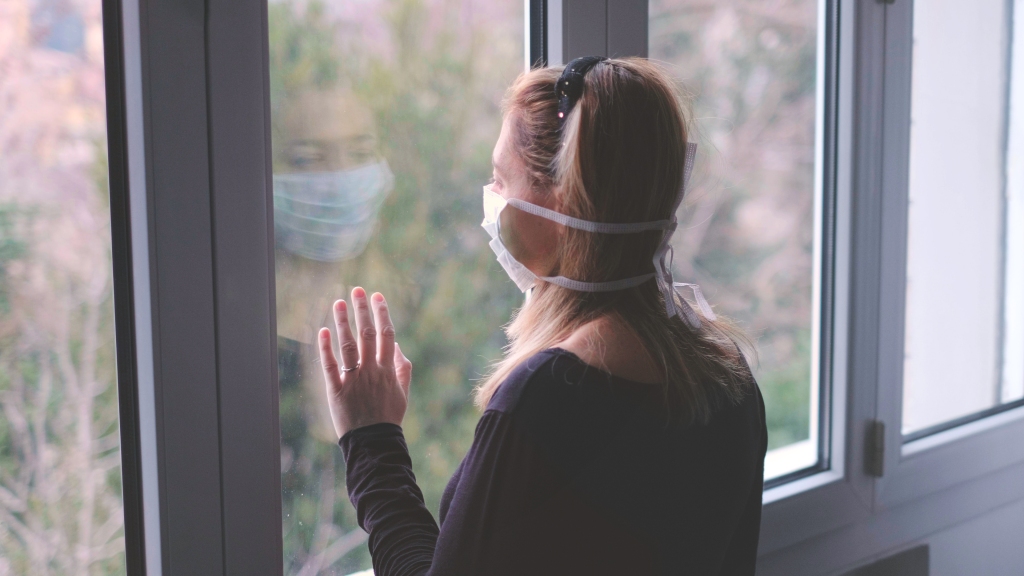

 Opened in October 2002, “the Red Door became the second non-smoking club in Salt Lake at a time when bars were private clubs which allowed smoking,” said Louise Hannig, the owner. “My vision was a comfortable warehouse vibe with a unique martini menu and liquor selection.”
Opened in October 2002, “the Red Door became the second non-smoking club in Salt Lake at a time when bars were private clubs which allowed smoking,” said Louise Hannig, the owner. “My vision was a comfortable warehouse vibe with a unique martini menu and liquor selection.” Getting the joint going was no small task. In the beginning, Hannig spent hours at the bar for eight months straight, working out the quirks and making sure it could run smoothly. Although preparing to open was occasionally challenging, the hard work and personality that went into the creation is evident.
Getting the joint going was no small task. In the beginning, Hannig spent hours at the bar for eight months straight, working out the quirks and making sure it could run smoothly. Although preparing to open was occasionally challenging, the hard work and personality that went into the creation is evident.
 Martyn Duniho, a University of Utah graduate student, is a Red Door regular. He’s been patronizing the establishment for a few years and considers the Vesper Martini his go-to mix. “This is by far my favorite place to get a drink,” Duniho said. “The staff are excellent at what they do, and the crowd is rarely too rowdy. Weekend nights can get a little crazy, but weekday nights are just perfect.”
Martyn Duniho, a University of Utah graduate student, is a Red Door regular. He’s been patronizing the establishment for a few years and considers the Vesper Martini his go-to mix. “This is by far my favorite place to get a drink,” Duniho said. “The staff are excellent at what they do, and the crowd is rarely too rowdy. Weekend nights can get a little crazy, but weekday nights are just perfect.”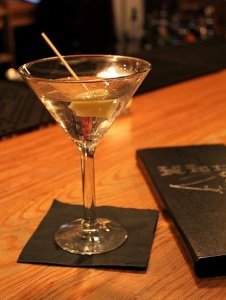
 Vodka martinis and drinks such as the Cosmopolitan and sour apple martini were very popular when the Red Door opened. Bourbon and other classic cocktails like the Old Fashioned were in vogue next, around five to seven years ago.
Vodka martinis and drinks such as the Cosmopolitan and sour apple martini were very popular when the Red Door opened. Bourbon and other classic cocktails like the Old Fashioned were in vogue next, around five to seven years ago.






